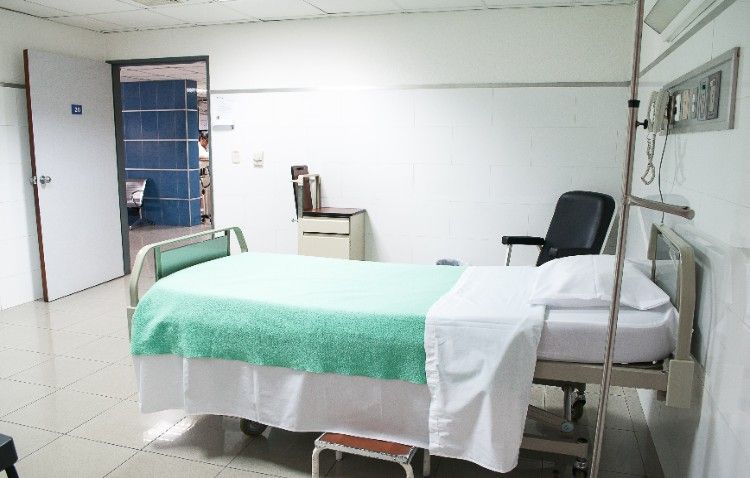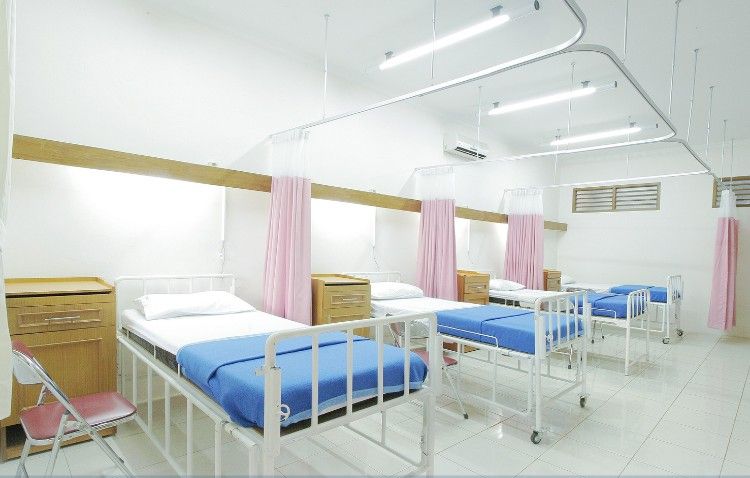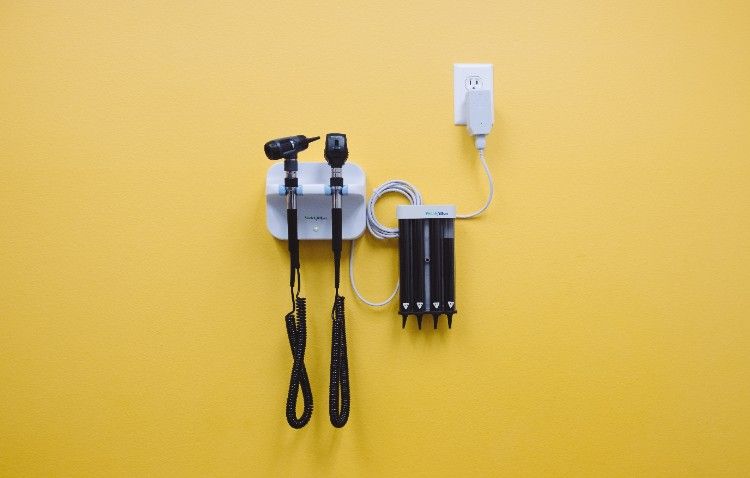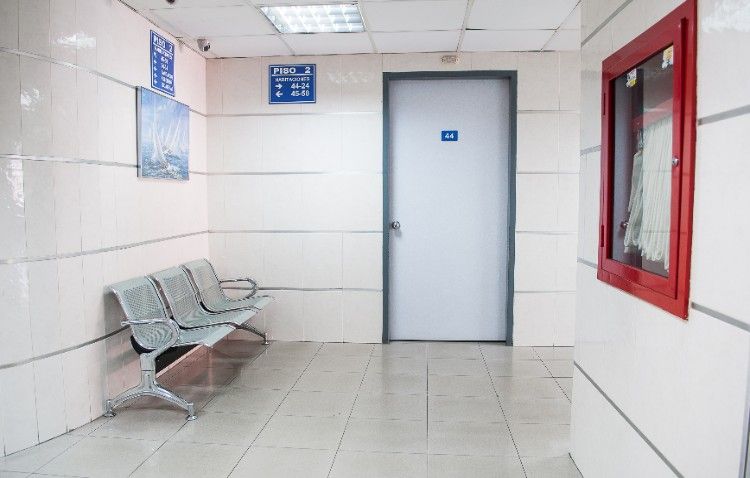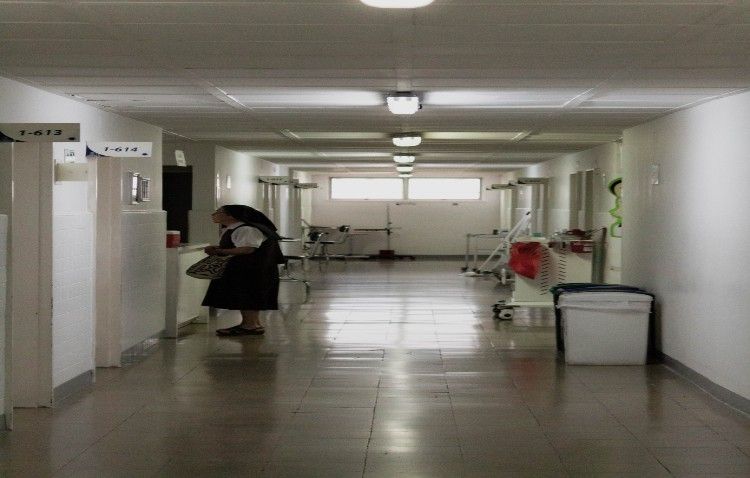Primary Care Takes Center Stage Thanks To Triple Aim
Did you know that if other prices had increased as quickly as healthcare costs, since 1945, a dozen eggs would cost $55 and a gallon of milk would cost $48?! It is no question that the cost of healthcare is crushing.
The Institute for Healthcare Improvement proposed a challenging systematic approach for changing healthcare, in 2008, entitled “The Triple Aim”. This new, bold, and encompassing goal was embraced by the Affordable Care Act to be its ultimate outcome.
An article published by Health Affairs, as well as Don Berwick, Administrator of the Centers for Medicare and Medicaid Services, describes the Triple Aim’s three overarching goals:
-
Better care for individuals – a 2011 report, “Crossing the Quality Chasm”, by the Institute of Medicine describes six dimensions of healthcare performance: safety, effectiveness, patient-centeredness, timeliness, efficiency, and equity
-
Better health for populations – focus will be on factors that cause our ill health, such as poor nutrition, physical inactivity, and substance abuse
-
Reduce per-capita cost
All three goals have to be accomplished simultaneously in order to fix our healthcare crisis.
Berwick is devoting most of his time to the Triple Aim. He believes this is the key to transforming America’s healthcare system.
I agree with Berwick that all three have to be fixed simultaneously, if we are to reverse this crisis. 45% of adults who have a chronic disease are not getting adequate care and 50% of all adults are not getting recommended care. The staggering costs we pay in America are not hitting the mark and this should no longer be acceptable.
If you are a primary care provider, or aspire to be, there is no better time to be in primary care than now. Primary care is the only discipline in medicine with the training to look at the whole person, not just discrete parts of the person. Also, it looks at all areas of a person’s health – preventive, genetic conditions, lifestyle issues, early detection, acute illnesses, chronic disease management and end of life issues.
As it once was, primary care must become the backbone of medicine again. Patients must have and deserve to have a continuous relationship with a known provider, who will use specialists, hospitals and emergency rooms when it’s appropriate. This is the best way to maintain health, create health, and decrease costs.
Since the ACA is to accomplish all three goals concurrently, I would say that this is why the ACA is a mandate for primary care.


